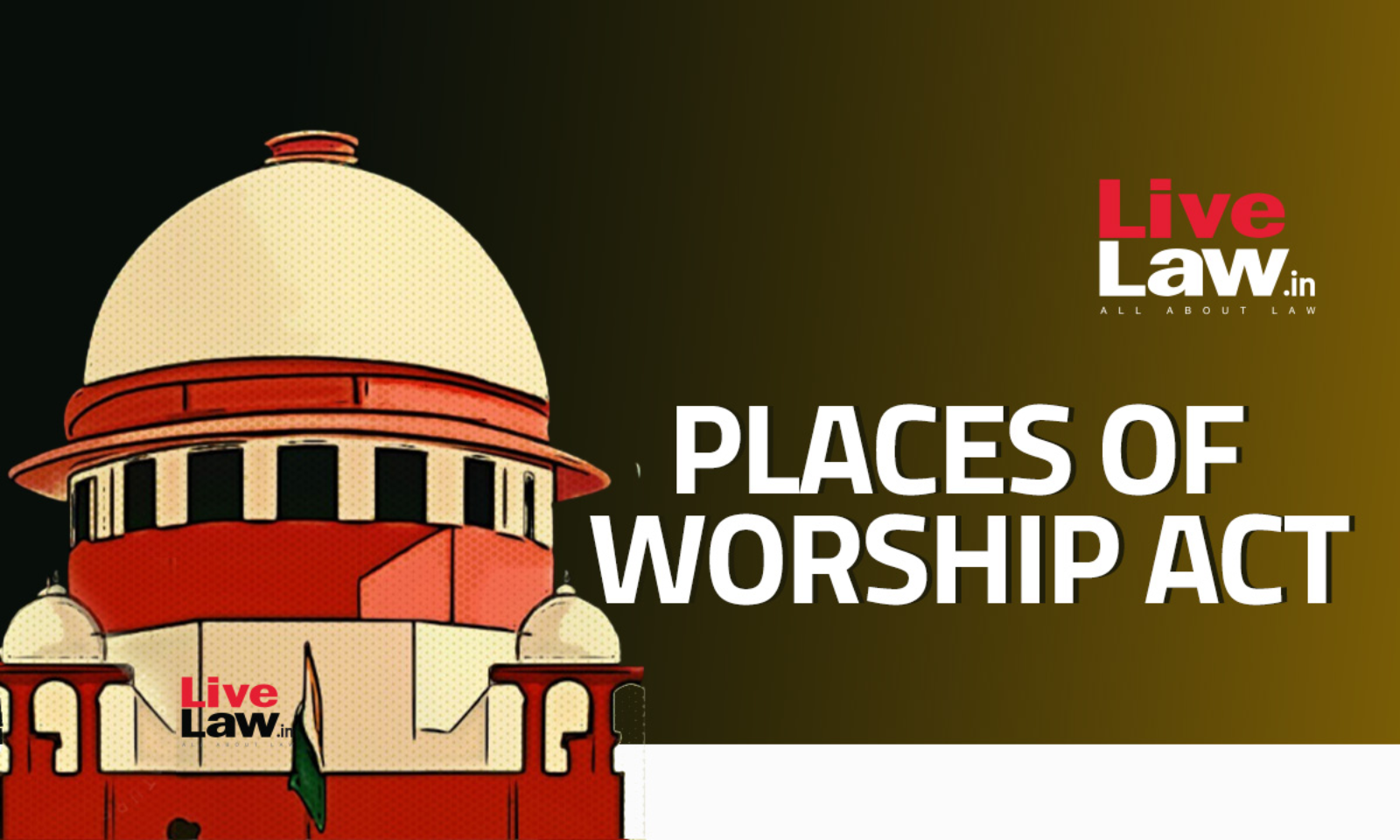 |
|
The recent violence in Sambhal, Uttar Pradesh, stemming from a court order for a mosque survey, tragically underscores the urgent need for a stricter interpretation and enforcement of the Places of Worship (Special Provisions) Act, 1991 (PoW Act). The Act, intended to prevent precisely such conflicts, has been repeatedly sidestepped through legal maneuvering, jeopardizing India's delicate communal fabric. The Ayodhya verdict, while aiming for closure on mandir-masjid disputes, inadvertently fueled fresh litigation in Mathura and Varanasi, and now Sambhal. This highlights a critical failure in effectively applying the PoW Act's intended purpose: to preserve the religious character of places of worship as they existed on Independence Day, 1947. The hope that the Ayodhya judgment would finally end such disputes proved naive, as subsequent legal challenges demonstrate a persistent attempt to reinterpret the Act to suit particular agendas.
A crucial point of contention lies in the interpretation of the PoW Act. While the Act prohibits the conversion of places of worship, arguments have been advanced claiming that determining the religious character of a structure as of August 15, 1947, does not violate this provision. This interpretation, however, fundamentally undermines the Act's core objective. If the conversion of a place of worship is forbidden, then logically, questioning its religious character from 75 years ago is equally problematic. Such a determination is effectively a backdoor conversion, indirectly achieving what is explicitly prohibited. This loophole has been exploited in various cases, leading to prolonged legal battles and escalating communal tensions. The Allahabad High Court, for instance, adopted this interpretation, arguing that the 'religious character' was in dispute and therefore needed to be determined.
This approach not only ignores the spirit of the PoW Act but also presents significant practical challenges. Accurately ascertaining the religious character of a structure seven and a half decades ago is fraught with difficulties. Evidence may be scarce, unreliable, or contested, leading to protracted legal proceedings and further inflaming communal sensitivities. Furthermore, this opens the door for malicious actors to instigate disputes and exploit religious divisions for their own purposes. The very act of raising such a dispute, regardless of its merits, can generate considerable tension and disrupt social harmony. The Sambhal incident stands as a stark reminder of the very real consequences of this approach. The hasty issuance of an ex-parte order for a mosque survey, without considering the potential for violence, resulted in tragic loss of life and heightened communal polarization.
The judiciary bears a significant responsibility in this context. The Supreme Court's own actions, despite upholding the PoW Act, have seemingly allowed for challenges to its constitutionality and entertained fresh petitions questioning its validity. This inconsistency sends a mixed message and further contributes to the ambiguity surrounding the Act's application. The Supreme Court's oral observation that the PoW Act does not bar the ascertainment of the religious character of a structure as on August 15, 1947, inadvertently provided the legal basis for undermining the act itself. This interpretation has been widely adopted by lower courts, further contributing to the problem. The Union of India's lack of a clear stance on whether it supports or opposes the legislation further compounds this issue. The judiciary needs to provide clear and unambiguous guidance on this matter.
To rectify this situation, a decisive intervention from the Supreme Court is necessary. The Court should issue a clear pronouncement that the PoW Act cannot be circumvented under the pretext of determining the religious character of a place of worship. A simple, straightforward rule—that the religious character is what it appears to be to a reasonable person—could resolve many disputes. The court could further consider invoking its special powers under Article 142 to require Supreme Court permission before any suit disputing a place's religious character can proceed. This measure would ensure that such sensitive cases are not mishandled by lower courts and that the potential for communal unrest is minimized. The Delhi court's decision rejecting a suit seeking restoration of alleged temples at the Qutub Minar complex, prioritizing the preservation of the nation's secular character, provides a commendable example to emulate. This should be a guiding principle for all such cases.
The core issue here is the preservation of India's communal harmony, a value far outweighing the potential for legal interpretations based on historical ambiguities. The PoW Act embodies the principle of 'unity in diversity,' a hard-won ideal that must not be undermined by narrow legal interpretations or opportunistic litigation. Allowing challenges to religious sites based on interpretations of historical events risks reigniting the flames of past conflicts and jeopardizing the peace and stability of the nation. The judiciary has a critical role in upholding the spirit of the PoW Act, ensuring its effective enforcement, and protecting the delicate balance of religious tolerance in India. The Sambhal tragedy serves as a grave warning: a failure to do so could have devastating consequences.
